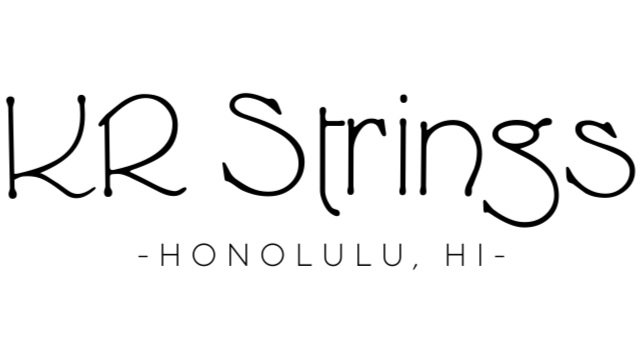HAWAIIAN MANDOLIN PROJECT
The Mandolin in 19th century Hawaii was a popular instrument, much as it was across the continental "Mainland" of the United States. Mandolin clubs, orchestras and quartets were not uncommon among many of the early Royal Hawaiian Band musical programs, and the Opera house in Honolulu regularly hosted Mandolin focused shows often led by the King of the Hawaiian Mandolin, and a leading educator of his day Ernest Kaai.
Ernest Kaai-Hawaiian virtuoso- b.1881-d.1962
Mr. Kaai ran his own Mandolin school in Honolulu, and was said to have been the greatest of the many Hawaiian Mandolin players in the late 1800s Monarchy era Hawaii, reported to have been able to accompany himself in a chord melody/tremolo style all his own. Ernest went on to travel extensively throughout the world like many of his contemporaries, inspiring people everywhere he went to learn Hawaiian music and Hula.
Johnny Kameaaloha Almeida b.1897-d.1985
Mr. Almeidas playing stopped me dead in my tracks, with a right hand attack and tremolo rivaling any early Monroe Brothers recording, paired with the intervalic leaps and the harmonic map of Django Reinhardt, Johnny is truly one of the world wide greats in the history of Mandolin music. I happened upon a dusty box of 78s here in Kailua on the eastern side of Oahu, all of which bore the tattered labels from the 49th State label, of which I would later find out Johnny was the musical director leading all the recording sessions with his trusted mandolin. Johnny is also one of the most respected composers of traditional Hawaiian song and was a native speaker of the Hawaiian language.
Traditional Hawaiian violin
Evidence of violins in Hawaiian music can be traced back to about 1815. The violin and flute were often the preferred instruments for melody in leading string ensembles up through the end of the 19th century, and it was not uncommon for violinists to double on mandolin. Contrary to what many string players think today, steel strings were actually less expensive than gut strings. Its not hard to imagine fiddles taking the role of the steel guitar that we are familiar with today, I almost wonder if the steel wasn't emulating the fretless nature of the Hawaiian Violin....



